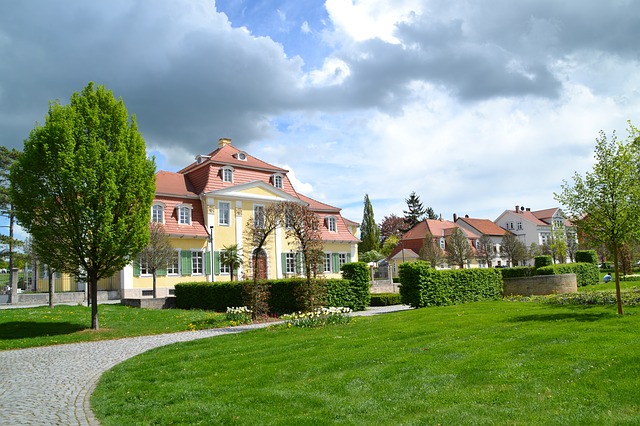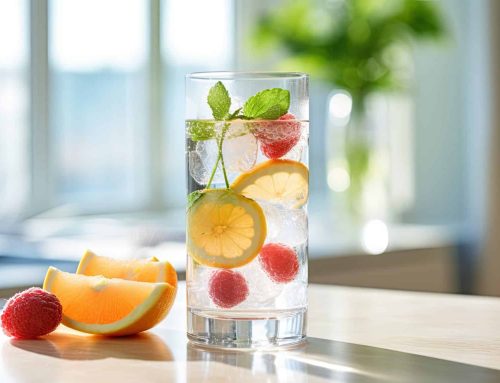 Water Conservation in the home has become a high priority issue for water utilities globally, as countries are faced with competing needs for finite water supplies and drought-like conditions caused by changing weather patterns.
Water Conservation in the home has become a high priority issue for water utilities globally, as countries are faced with competing needs for finite water supplies and drought-like conditions caused by changing weather patterns.
Many communities in both developing countries and in the developed world have already or are bound to face droughts and water shortages in the near future, even those which have never had a water scarcity problem before. This means that every one of us must do all that we can to conserve water both indoors and outdoors.
How to Conserve Water Indoors At Your Home
Conserving water in the home does not only mean that there will be more water to go around and that you will be able to save thousands annually on your water bill, but it also impacts the local infrastructure.
Conserving water in the home will reduce soil saturation, which can extend the life of septic systems, thereby also reducing the amount of flow in local municipal treatment systems. This is vital to all communities because many of the sewer systems in the world are very old and overloaded; this can lead to untreated sewage entering and polluting local watersheds, lakes and rivers.
Conserving water indoors includes:
- Fixing all leaking taps
- Using low-flow showerheads
- Showering instead of bathing and taking shorter showers
- Recycling water used to rinse food for cooking by watering the garden with it
- Not letting the tap run when rinsing dishes or brushing teeth
- Installing a low-flow, water-saving toilet system
- Only running washing-machines and dishwashers with full loads
- Keeping a jug of water in the fridge or investing in a water cooler instead of running the tap until the water is cool enough to drink
See what other water conservation methods you can use around the home; your water bill will be far less for it, the environment will be better for it and it will ensure that there is sufficient water in the future.
Buy water cooler accessories, natural spring water and office water coolers from Living-Water.





